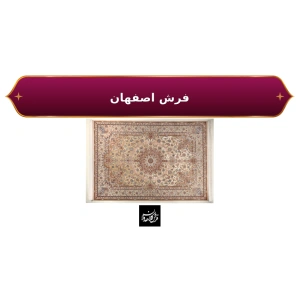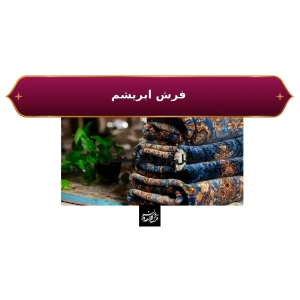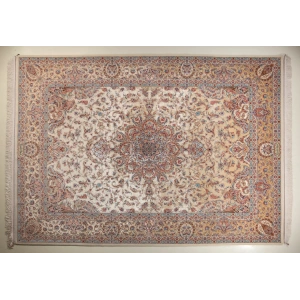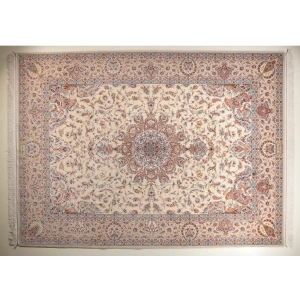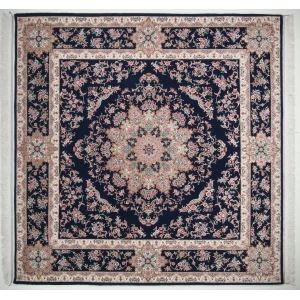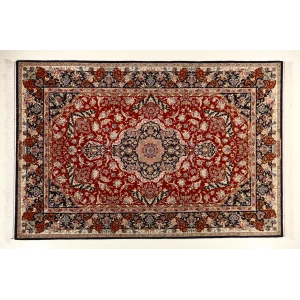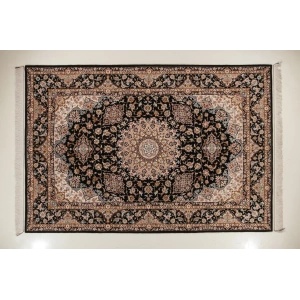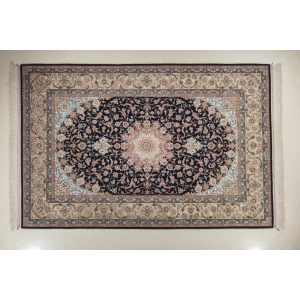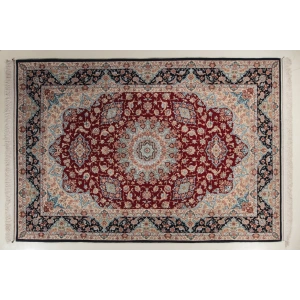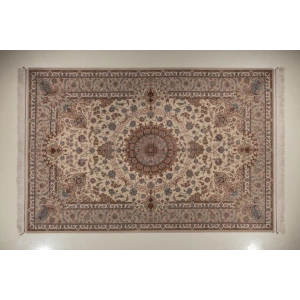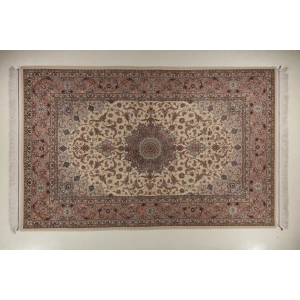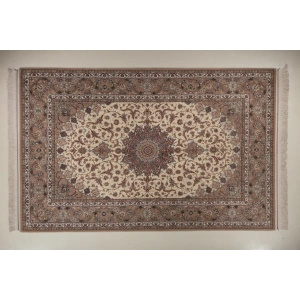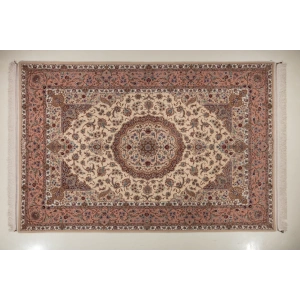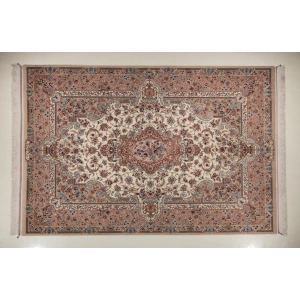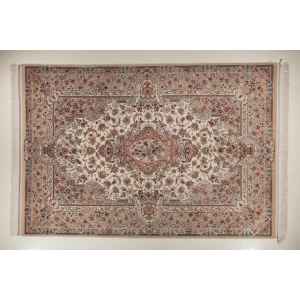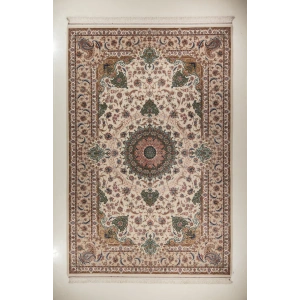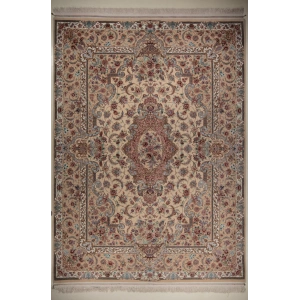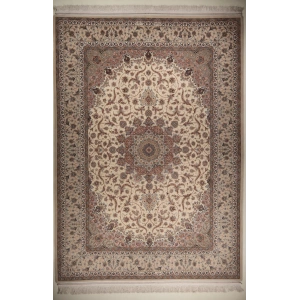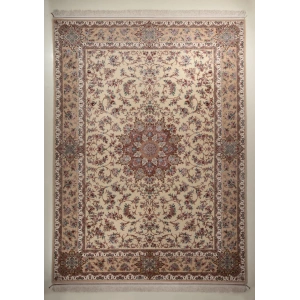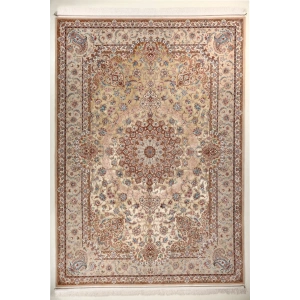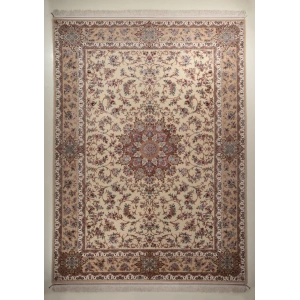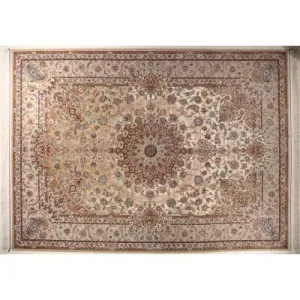Handmade carpet price
Handmade carpets are not just ordinary floor coverings; they are a fusion of Iranian art, heritage, and culture. These beautiful and precious rugs have made their way from dusty alleys to luxurious halls across the world. Handmade carpets not only add color and spirit to your home but also serve as lasting and valuable investments. Due to their wide variety in design, color, and weave, they hold a special place in the hearts of tasteful buyers. If you’re unsure about which type of carpet suits your home, learning about different Iranian rugs and their pricing can help make your choice easier. In this article, we take a detailed and practical look at different types of handmade carpets. Stay with us to find the best carpet based on your needs and budget.
Buying Handmade Carpets
Buying a handmade carpet is not an ordinary purchase—it is an artistic and emotional choice, and sometimes even a long-term investment. First, you should consider what space you intend to cover with the carpet. What type of rug suits that area? Silk, wool, or a blend of silk and wool? Each type has its own characteristics, and you should choose based on your budget, taste, and intended use. Delicate silk carpets are ideal for living rooms, while thicker, more durable rugs are better for high-traffic areas.
When purchasing, pay close attention to the color palette, design, authenticity of the weave, city of origin, and the alignment of knots. Always inspect the carpet under natural light to ensure the colors are genuine. Also, if you're buying from a reputable seller like Kalahdouzan Carpet Gallery, be sure to ask about the rug's certificate of authenticity and maintenance instructions.
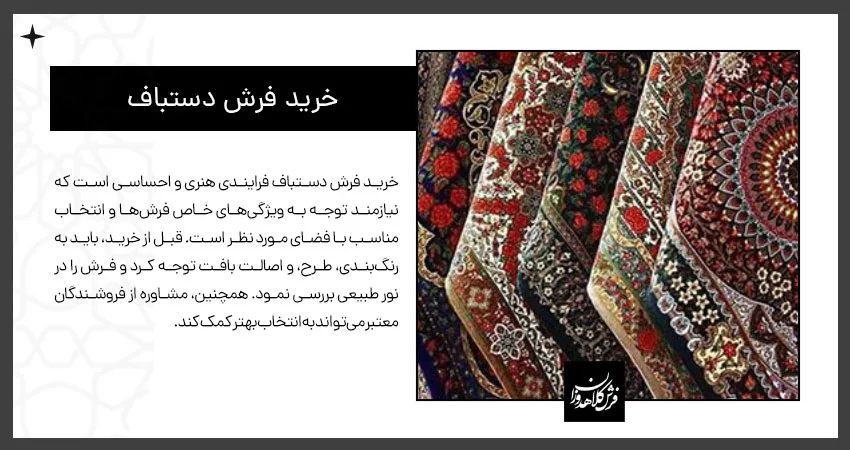
Types of Handmade Carpets
Iranian carpets vary greatly in terms of weave, design, and fiber type. If you’re planning to buy one, familiarizing yourself with different types of handmade carpets will help you make a better choice. Silk, wool, silk-flower, and cotton-warp carpets each have unique features. For example, the stunning delicacy of silk carpets is renowned. These are typically woven in smaller sizes and often used as decorative wall hangings. Compared to silk rugs, wool carpets are thicker, more durable, and better suited for everyday use.
Some carpets are woven with a blend of wool and silk, offering both durability and a luxurious look. Iranian rugs are also categorized by their region of origin—such as Tabriz, Kashan, Naeen, Qom, and Baluch. It’s advisable to learn about the common styles of each region before making a purchase so you can choose a rug that suits your taste.
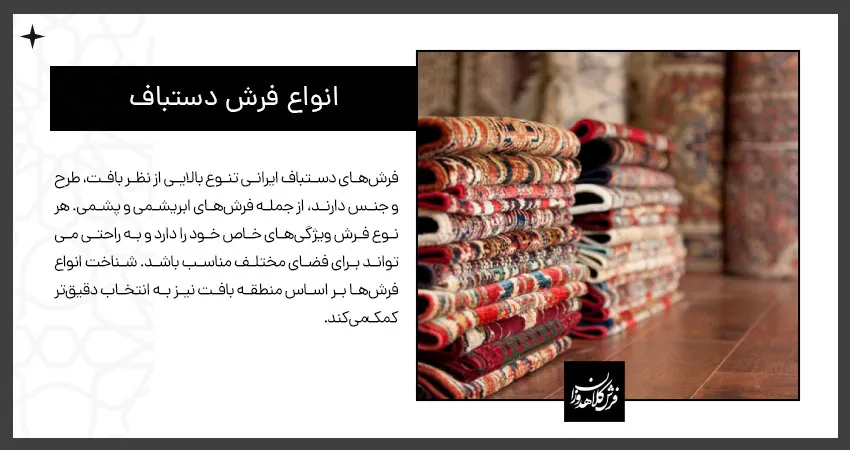
Prices of Handmade Carpets
The prices of handmade Iranian carpets are influenced by various factors, including the type of fiber used, the dyeing process, knot density, and city of origin. Due to their delicate nature, silk carpets are highly valued and usually more expensive than wool carpets. The number of “Raj” (knots per 7 cm width) also affects the price—the higher the density, the more expensive the rug.
Rugs woven in renowned regions like Qom, Naeen, and Tabriz are more expensive due to their high quality and global reputation. For example, a 6-meter handmade silk carpet from Isfahan may range between 200 to 350 million tomans at Kalahdouzan Carpet Gallery, depending on the mentioned factors. Traditional and exclusive designs like Shah Abbasi or Paisley (Boteh Jegheh) also command higher prices. For up-to-date prices, visit the official website of the Kalahdouzan collection.
Iranian Carpets
Iranian carpets are woven by the skilled hands of men and women and represent the identity, artistry, and culture of this land. Every knot in these beautiful and valuable rugs contains a piece of Iranian history, nature, and creativity.
Iranian rugs are globally recognized for their wide variety of patterns, colors, authenticity, and quality. From arabesque and geometric designs to hunting scenes and Shah Abbasi patterns, each carpet tells a unique story. These valuable rugs come in a wide range of sizes, styles, and materials. Therefore, you should choose one based on the intended space. If you want to bring authenticity and beauty to your home, an Iranian carpet is an unrivaled choice.
Persian Handmade Carpets
Persian handmade carpets are a blend of artistry, skill, and authenticity. Weavers dedicate patience and creativity to produce enduring designs with each knot. These carpets are woven in cities like Tabriz, Yazd, Isfahan, Kashan, Naeen, and Qom—each with its own unique characteristics. Differences in fibers, dyes, and motifs give every rug its distinct identity. When buying a Persian handmade carpet, be sure to consider its color scheme and how it fits with your home décor. If you're looking for an authentic and high-quality carpet, visit Kalahdouzan Carpet website. They offer a diverse collection of handmade Persian carpets to suit all tastes.
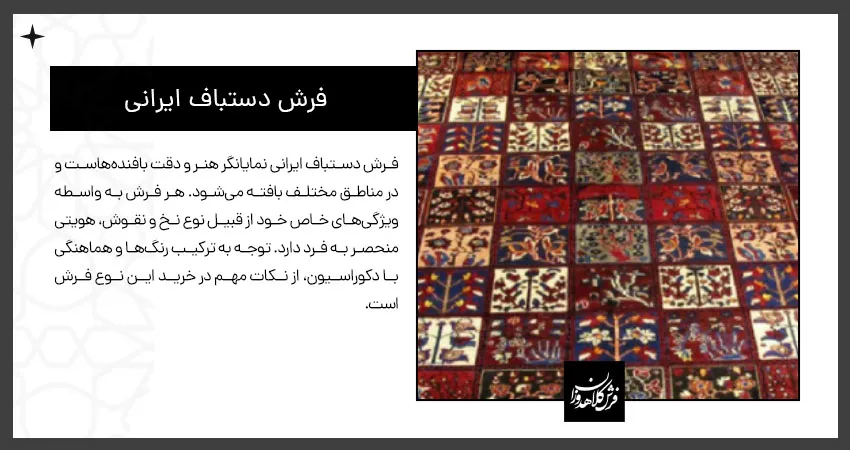
Types of Iranian Carpets
Iranian carpets are not limited to handmade rugs—they encompass various categories with different weaving styles and uses. Today’s market offers handmade, machine-made, kilim, jajim, and even modern rugs inspired by traditional designs.
Handmade rugs represent Iranian art and authenticity due to their handwoven nature and use of natural fibers, offering the highest artistic and economic value. Machine-made carpets, on the other hand, are more affordable and mass-produced, making them economical options for many families. Kilim and jajim, with simpler weaving and lighter weight, are often used in traditional décor or informal spaces. Iranian carpets are also geographically categorized by regions such as Tabriz, Qom, Kashan, Naeen, Kerman, Mashhad, and Baluch—each with distinct styles, colors, and characteristics you should consider when buying.
In conclusion, Persian handmade carpets reflect the creativity, skill, and deep-rooted culture of Iran. Purchasing one brings beauty, authenticity, and value to your home. For a reliable and enjoyable buying experience, visit Kalahdouzan Carpet Gallery and choose from their exquisite collection of authentic handmade rugs.
- 9 Meter Area
- carpet_size_3.15_2.15
- carpet_size_3.15_2.15
- 6 Meter Area
- 6 Meter Area
- 9 Meter Area

